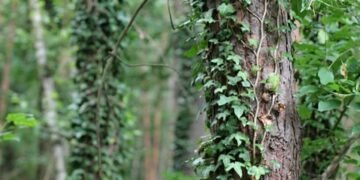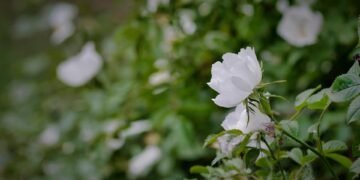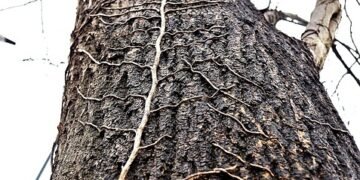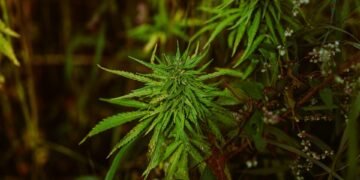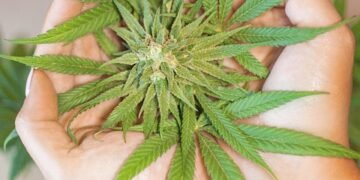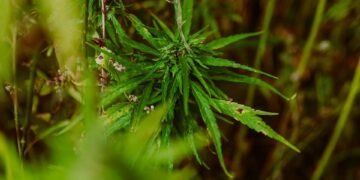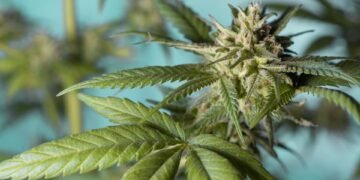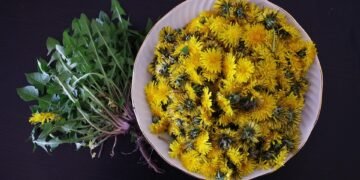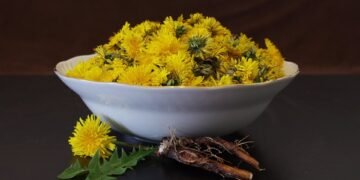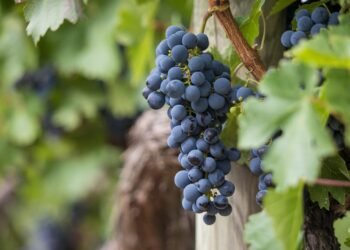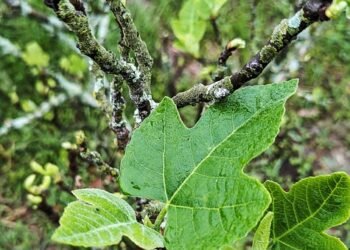In recent years, the cultivation of cannabis has become an increasingly popular practice for both recreational and medical purposes. With its legalization in many parts of the world, more and more people are turning to growing their own cannabis plants at home. However, cultivating cannabis is not as simple as planting a seed and watching it grow. To achieve optimal growth and yield, it is crucial to master the art of cultivating cannabis through proven best practices. In this article, we will delve into the key factors that contribute to successful cannabis cultivation, from choosing the right strain to harvesting the perfect buds.
### Choosing the Right Strain
The first step in mastering the art of cultivating cannabis is selecting the right strain for your needs. There are thousands of different cannabis strains available, each with its own unique characteristics and effects. Whether you are looking for a strain that is high in THC for a more potent high, or a strain that is high in CBD for its therapeutic benefits, it is important to choose a strain that suits your preferences and growing conditions.
Some popular cannabis strains for beginners include Northern Lights, Blue Dream, and White Widow. These strains are known for their ease of cultivation and high yields, making them ideal for first-time growers. It is also important to consider the climate and environment in which you will be growing your cannabis plants, as different strains have different requirements for light, temperature, and humidity.
### Creating the Ideal Growing Environment
Once you have chosen the right strain for your needs, the next step is to create the ideal growing environment for your cannabis plants. Cannabis plants require specific conditions to thrive, including proper lighting, temperature, humidity, and airflow. Indoor cultivation is the most common method for growing cannabis, as it allows for greater control over these environmental factors.
When setting up your indoor grow room, it is important to invest in high-quality grow lights, such as LED or HPS lights, to provide your plants with the necessary light spectrum for photosynthesis. Temperature and humidity levels should be kept within a specific range, typically between 70-85°F and 40-60% humidity, to prevent mold and mildew growth. Adequate airflow is also essential to ensure that your plants receive enough carbon dioxide for healthy growth.
### Nutrients and Feeding Schedule
In addition to providing the right growing environment, it is essential to feed your cannabis plants with the proper nutrients to support their growth and development. Cannabis plants require a variety of nutrients, including nitrogen, phosphorus, potassium, calcium, magnesium, and trace minerals, to thrive. These nutrients can be provided through organic or synthetic fertilizers, depending on your preferences.
It is important to establish a feeding schedule for your cannabis plants, as overfeeding or underfeeding can lead to nutrient deficiencies or nutrient burn. Most growers follow a schedule of feeding their plants with nutrients every 1-2 weeks during the vegetative stage and every 1-2 days during the flowering stage. It is also important to flush your plants with plain water before harvesting to remove any excess nutrients and improve the taste and aroma of your buds.
### Pest and Disease Management
One of the biggest challenges faced by cannabis growers is managing pests and diseases that can affect the health and yield of their plants. Common pests that can infest cannabis plants include spider mites, aphids, whiteflies, and thrips, while common diseases include powdery mildew, bud rot, and root rot. It is important to regularly inspect your plants for signs of pests or diseases and take action immediately to prevent their spread.
There are several methods for controlling pests and diseases in cannabis plants, including the use of organic pesticides, beneficial insects, and cultural practices. Neem oil, insecticidal soap, and diatomaceous earth are popular organic pesticides that can effectively control pests without harming your plants. Beneficial insects, such as ladybugs and predatory mites, can also be introduced into your grow room to help control pest populations naturally.
### Training and Pruning Techniques
Training and pruning techniques can help improve the overall health and yield of your cannabis plants by promoting the growth of multiple colas and maximizing light exposure. Some common training techniques include topping, low-stress training (LST), and the screen of green (SCROG) method. Topping involves cutting off the top growth of the main stem to promote the growth of multiple colas, while LST involves bending and tying down the branches to create a more even canopy.
The SCROG method involves using a screen or trellis to support the branches and promote horizontal growth, allowing for better light penetration and increased bud development. Pruning techniques, such as defoliation and lollipopping, can also help improve airflow and light penetration to the lower branches of your plants. By combining these training and pruning techniques, you can maximize the yield and quality of your cannabis plants.
### Harvesting and Curing
Harvesting and curing are the final steps in the cultivation process and are crucial for preserving the potency, flavor, and aroma of your cannabis buds. Harvesting should be done when the trichomes on your buds have turned cloudy or amber in color, indicating that the THC levels are at their peak. It is important to use sharp scissors to trim the buds from the plant and handle them carefully to prevent damage.
After harvesting, it is essential to properly cure your buds to remove excess moisture and improve their taste and aroma. Curing involves placing the buds in glass jars and burping them daily to release any built-up moisture and prevent mold growth. Properly cured buds should be stored in a cool, dark place to preserve their potency and flavor for long-term storage.
### Conclusion
Mastering the art of cultivating cannabis requires a combination of knowledge, skill, and dedication. By following these proven best practices for optimal growth and yield, you can ensure that your cannabis plants thrive and produce high-quality buds. From choosing the right strain to creating the ideal growing environment, feeding your plants with the proper nutrients, managing pests and diseases, training and pruning your plants, and harvesting and curing your buds, each step plays a crucial role in the cultivation process.
By integrating these best practices into your cannabis cultivation routine, you can achieve success as a grower and enjoy the rewards of a bountiful harvest. Whether you are a beginner or experienced grower, there is always room for improvement and experimentation in the world of cannabis cultivation. With patience, perseverance, and a passion for growing, you can master the art of cultivating cannabis and produce top-quality buds that will impress even the most discerning connoisseurs.



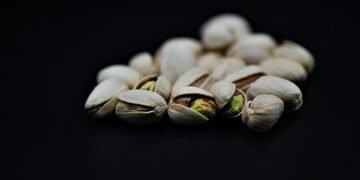

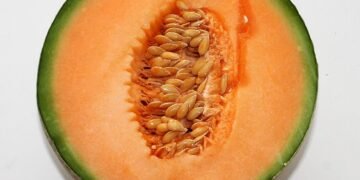







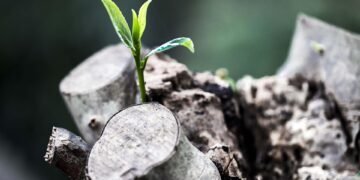

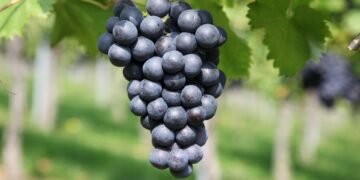


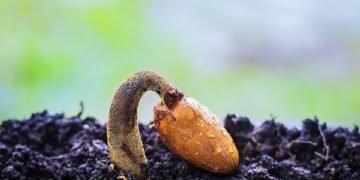

![The Mind-Blowing Effects of [Cannabis Strain]](https://cannabisdailyguide.com/wp-content/uploads/2025/10/tree-4138799_960_720-360x180.jpg)


